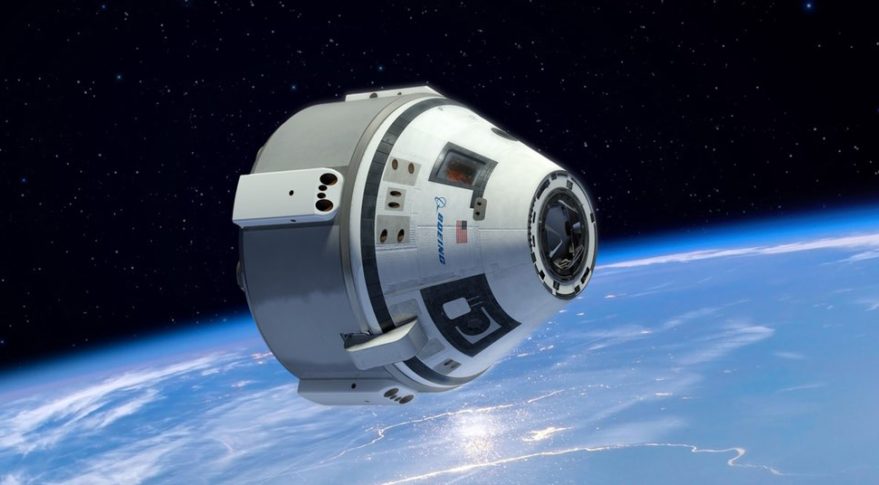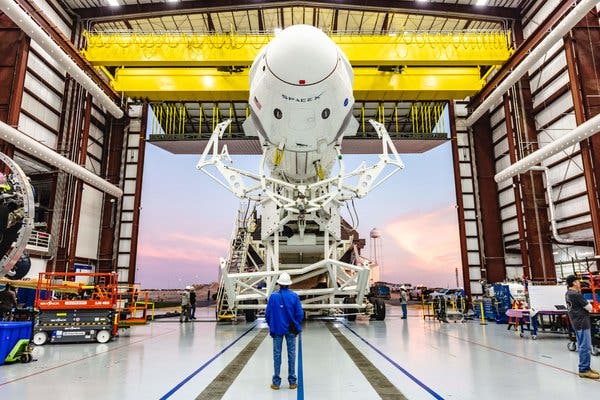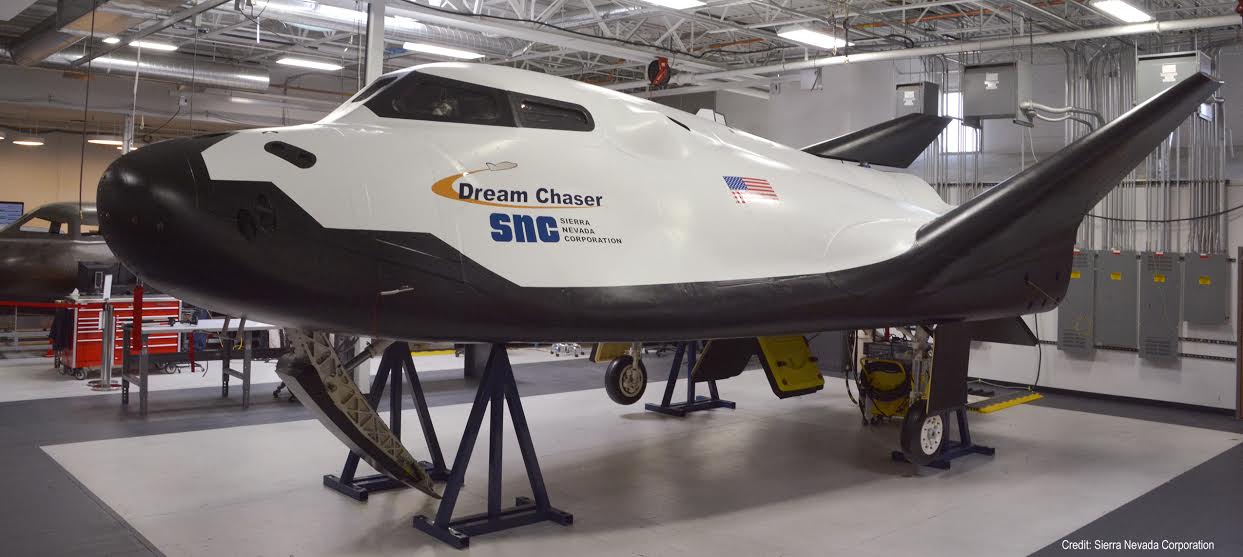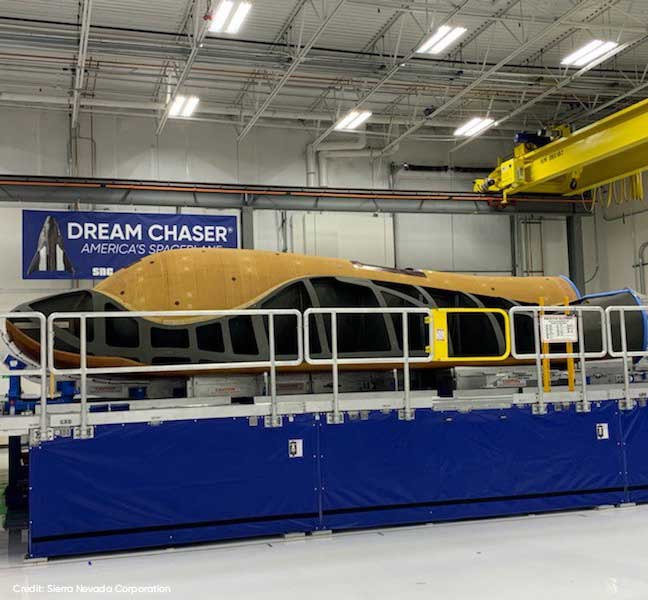This month I’m going to use my monthly space news post for an update on NASA’s commercial crew program. You’ll recall that this is the space agency’s plan to hire private companies to launch America’s astronauts into Low Earth Orbit (LOE). NASA has been anxiously waiting for Space X and its competitor Boeing to begin taking America’s astronauts to the International Space Station (ISS) so that it no longer has to pay the Russians $80 million dollars for a seat on their Soyuz spacecraft. The first manned missions of the Space X Dragon and Boeing Starliner capsules were supposed to have begun in early 2018 so the whole program is already more than a year behind schedule and there is still no firm date for an actual manned mission.


You may recall that back in March of this year Space X successfully launched an unmanned Dragon capsule that was able to dock at the International Space Station (ISS). This was a planned Orbital Flight Test or OFT. (See my post of 6March 2019) At the time there was hope that the Hawthorn California company would soon become the first private entity to perform a manned space mission, possibly as early as August. After all the Dragon Capsule had only one more test to complete in order for NASA to completely certify it as ready for crewed flight.
That test was a launch pad abort test where the capsule’s solid fuel rockets would be fired. Those are the rockets designed to yank the capsule away from its booster rocket in the event of any problem that could endanger the crew. Well on April 20th something went wrong with the solid fuel rockets and the capsule was nearly destroyed. (See my post of 3August 2019) Needless to say the planned manned mission was postponed and still has not been rescheduled.

Of course Space X immediately began an investigation into the ‘anomaly’ that quickly led to a faulty valve as being the cause. Since then there have been six months of engineering effort on the Dragon capsule so that this week a redesigned Dragon capsule has arrived at Cape Canaveral ready to conduct the in flight abort testing. That test is now being scheduled for sometime after the 23rd of November.

So perhaps Space X is back on track to begin launching astronauts into orbit. Meanwhile Boeing has successfully completed its in flight abort testing and is preparing for an unmanned flight of its Starliner capsule after which it will be certified to begin manned missions.
For a time it appeared as if Boeing had little chance of beating Space X in their commercial space race but the recent problems of the Dragon capsule have given the Starliner the opportunity to catch up. With the completion of its in flight abort test Boeing is now ready to attempt its remaining to tests, the pad abort and OFT which have been given tentative dates of the 2nd of November and the 17th of December. Assuming Starliner passes both these tests a manned mission to the ISS could come in early 2020.

So it seems as if the race between Space X and Boeing to launch the first commercial space manned space flight could go down to the wire. And both those two companies might be hearing footsteps behind them because there’s a third company preparing to begin commercial space launches as well. Sierra Nevada Corporation’s Dream Chaser isn’t an updated space capsule like the Dragon and Starliner; instead it’s an updated version of the space shuttle.

The main body of the Dream Chaser, which was manufactured by Lockheed Martin Corporation, has arrived at Sierra Nevada’s main plant for completion. Officials at Sierra Nevada are confident that the Dream Chaser will make it maiden, unmanned resupply mission to the ISS sometime in 2021.

The main body that was delivered measures some 10 meters long by 5 wide and 2 high and can carry 6,000 kilos of supplies. The main body is composed of the most advanced high-temperature composite material. Once the first Dream Chaser is ready a Vulcan Centaur rocket will launch it on its maiden flight. Despite many delays and frustrations the time is now approaching when American astronauts will once again launch into space from American soil. It can’t come soon enough for me.
